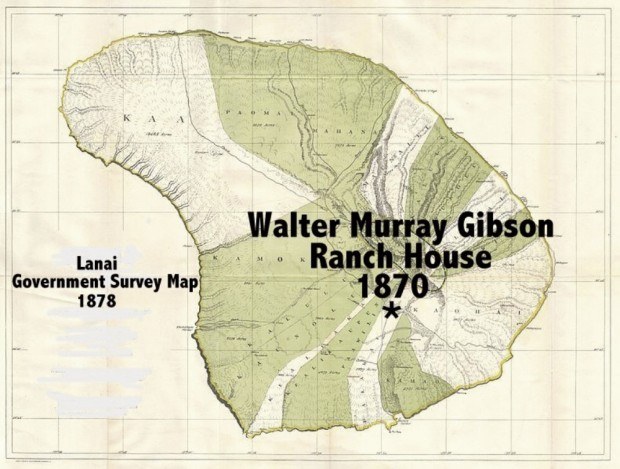Besides having been a minister, plantation manager, journalist, surveyor and historian, as well as the namesake of Kaua‘i’s Lydgate Park, John M. Lydgate (1854-1922) was an outstanding amateur botanist. During the summer of 1870, while he was a student at
Besides having been a minister, plantation manager, journalist, surveyor and historian, as well as the namesake of Kaua‘i’s Lydgate Park, John M. Lydgate (1854-1922) was an outstanding amateur botanist.
During the summer of 1870, while he was a student at Punahou, Lydgate assisted German physician and botanist Dr. William a (1821-1886) on a botanical expedition to Lana‘i.
Their four-hour voyage from Moloka‘i to Lana‘i was made in an open sailboat with a Hawaiian crew that landed at Halepalaoa, a hamlet of a few grass houses on Lana‘i’s eastern coast.
There they were able to secure saddle and pack horses for the ride inland to the ranch of Walter Murray Gibson (1822-1888) at Palawai in south central Lana‘i.
Gibson, who had swindled Mormons to purchase half of Lana‘i in his own name, would later become premier and minister of foreign affairs under King Kalakaua. In 1887, when his plans to make Kalakaua “Emperor of the Pacific” failed, he would barely escape being lynched before fleeing the islands.
But in his grass house on that first evening, Gibson regaled Lydgate and Hillebrand with an incredible firsthand account of adventure and romance set in the East Indies, which reached its climax when he told of his imprisonment in Java and how a beautiful princess who loved him arranged his escape.
Among the plants Lydgate and Hillebrand would find on Lana‘i was a new Lobellia that Hillebrand named “Cyanca Gibsonii,” in honor of Gibson. Another plant they discovered was a small gardenia tree — “gardenia bri/jhamii.”
Lydgate’s and Hillebrand’s stay on Lana‘i was cut short after two weeks when a boat’s crew from Lahaina informed them that Hillebrand was urgently needed on Maui to treat a seriously ill woman. They departed and did not return to Lana‘i.



